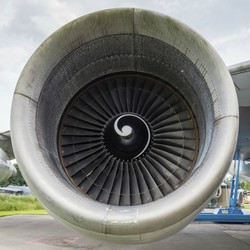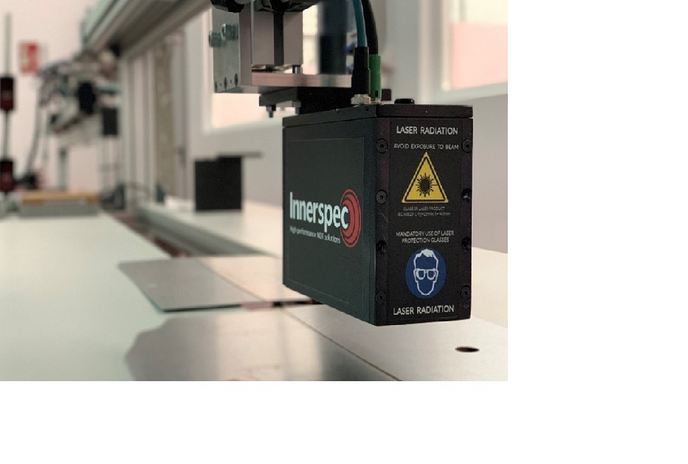Acoustic liners for quieter aero-engines
Stringent noise regulations, responding to increased public concerns regarding noise pollution from airports located near heavily populated areas, require significant improvements in airliners acoustic performance. However, new designs need to be lightweight as well as low-cost to be successfully placed in the competitive aircraft market. Research conducted in the EU within the ALTD (Large 3-shaft demonstrator - Aeroengine intake acoustic liner technology development) project, has brought a promising concept to a technology readiness level of six (TRL 6). This was achieved with demonstration of a system prototype in an inflight-representative aero-engine ground test. ALTD partners developed an intake acoustic liner relying on laser micro-perforation technology to drill small holes that absorb sound, reducing its intensity. Through extensive acoustic testing and modelling, the acoustic liner and specific micro-perforation characteristics have been defined and optimised to satisfy noise reduction targets. In addition, the team examined micro-perforation in an industrialised setting. The current laser technology was evaluated and capital outlay, cycle time and production capability were quantified. The findings highlighted previous misconceptions regarding micro-perforation using lasers. It was also concluded that the path to widespread uptake of the technology is more challenging that previously understood. Manufacturing costs by utilising new materials in acoustic liner construction. They proposed the adoption of a new adhesive as well as different ways to manipulate honeycomb cores and precured composites during assembly. Knowledge gained was introduced in production protocols, reducing costs and cycle times. Aircraft noise emission is critical to the growth of air transport as well as the quality of life of people living near airports. ALTD established manufacturing processes that reduce weight, noise and cost associated with acoustic attenuation technology. The project results represent an important contribution to the EU's Clean Sky initiative for environment-friendly air transport.







